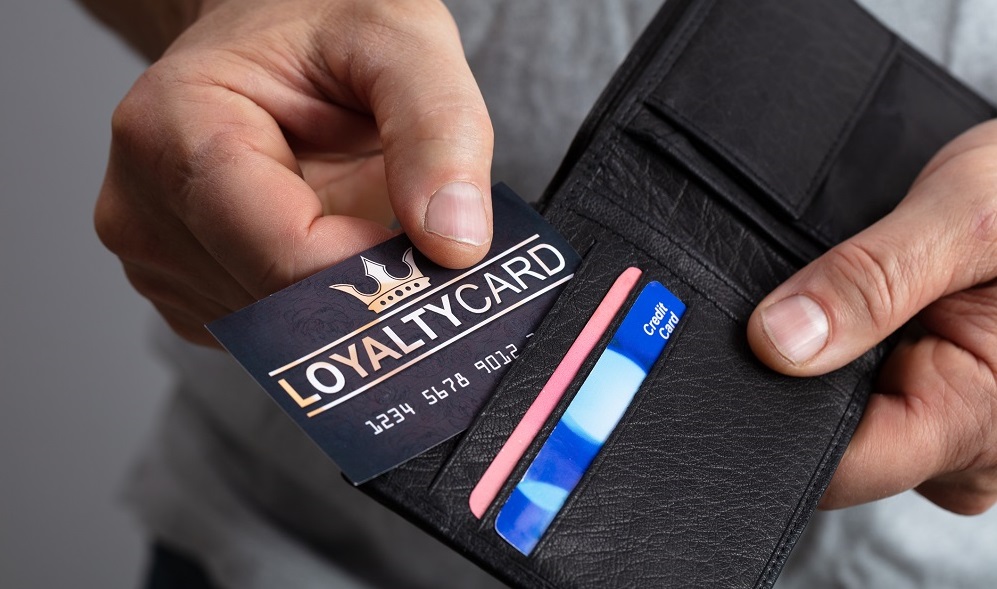
Building relationships that stand the test of time is no mean feat. In the face of increasingly tough competition, it’s more important than ever that we go the extra mile to make our customers feel special to increase the likelihood that they will remain loyal.
In our experience, the best place to start is understanding what loyalty looks like amongst your customer base so that you know exactly what it takes to keep their attention and how to meet their expectations.
What does loyalty look like?
What proportion of your customers are true Loyalists? They are most likely to stay with favoured and trusted bands, believing that they will be rewarded with discounts if they sign up to more than one product.
Do you know who your Passive Loyalists are? They are more likely to be persuaded to switch than Loyalists, but less likely to do this on their own initiative. They are more influenced by rewards and deals (vouchers and promotions) and have a slightly higher propensity to act impulsively. They are also likely to use comparison sites.
What about Neutrals or the Unengaged? They tend to think that companies simply deliver products or services. They are neither satisfied nor dissatisfied with their providers and are less likely to have used a price comparison site.
And finally, who are your Conditioned Switchers? No surprise here that this group is a heavy user of price comparison sites. Conditioned Switchers are keen to get the best deal and more likely to shop around, tending to have a low affinity with brands. As a result this group is going to be of least interest to brands as a target for retention/loyalty offers.
Building trust, rewarding custom
Once you know what is most likely to attract and maintain the loyalty of every one of your customers, you can do what ever it takes to earn their trust and repeat business every time, not just the first time.
Consider the following questions:
Do you want to focus on rewarding loyalty?
Or are you going to be totally price driven? It’s very difficult to do both. While offering the lowest prices might work as an enticement for the 40% of consumers who are hell bent on the next deal, they know the offer won’t last and are not going to be loyal when it ends. By pursuing new custom with sweeteners, you also risk alienating existing customers. Understanding your customers and their inclination to switch will help define the best strategy for your business. Reward custom, not switching.
Do you regularly ‘Surprise and delight’ your customers?
We’ve found that this is rarely the case. Many customers are disappointed by service provider attitudes towards them. Fortunately, some brands are experimenting with not offering anything to a new customer that they won’t offer to existing customers. This is a start, but a better strategy would be to reward existing customers simply for remaining loyal. Read more how to surprise and delight your customers here.
Do you provide a seamless approach to customer service?
Organisational silos hamper operational efficiency, frustrate customers and will, ultimately, hurt your competitive edge. Even well-known and respected companies have inadvertently created barriers between customer care, finance, marketing and IT departments, preventing them from having a complete picture of their customers across touch points. It is only by embedding customer satisfaction into every part of the business that you will be able to fully understand the customer journey, measure the right things at the right time and adjust your strategy accordingly to give you the competitive advantage.
Have you empowered your customer service staff to make a difference?
In order to build trust with customers, especially when things go wrong, your frontline employees need to have permission to treat customers as intelligent people and prove that they have your customer’s best interests at heart. Understanding and learning from your employees’ experiences should be an essential part of your strategic approach to customer service.
Do you understand the psychology behind consumer decisions?
This is vital if you want to ensure your messaging, advertising and processes are going to work for both existing loyal customers as well as new customers.
At the end of the day, the most successful long-lasting relationships are a mixture of trust and empathy, combined with a willingness to exceed expectations and resolve misunderstandings before they escalate.
For businesses seeking to maximise customer satisfaction and retention, it requires a proactive and holistic approach to customer experience.
Download ‘Promises, expectation and how to avoid the CX Gap’ to learn more.